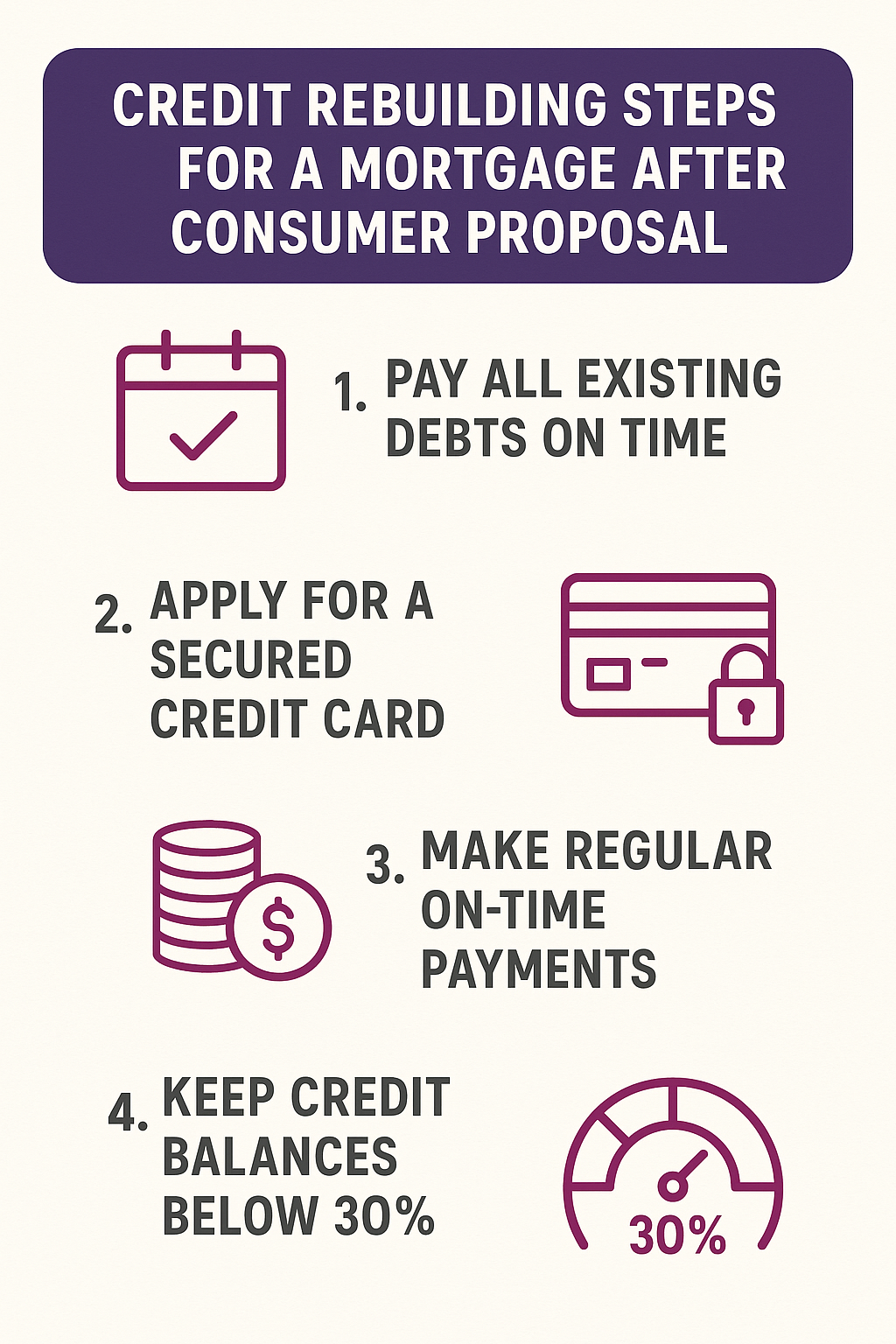Table of Contents
ToggleThe Truth About Canada’s Mortgage Market in 2025: Powerful Trends and Shocking Challenges Ahead
As we move through 2025, Canada’s mortgage market continues to adjust to a post-pandemic economic landscape shaped by high interest rates, affordability concerns, and growing demand for digital-first lending. Whether you’re a first-time homebuyer, a seasoned investor, or a mortgage professional, understanding where the market is headed is key to making informed financial decisions.
In this blog, we’ll explore current trends in Canada’s mortgage market and offer insights into what the future might hold for borrowers, lenders, and homeowners alike.
1. 📈 Interest Rates: Stabilizing, But Still High
Over the past two years, the Bank of Canada (BoC) has raised its benchmark rate in an effort to combat inflation. As of mid-2025, the overnight rate sits at 4.75%, and prime lending rates hover around 6.95%, impacting both variable-rate mortgage holders and those looking to renew.
While inflation has cooled and rate cuts are anticipated in the latter half of 2025, the shift in the mortgage market will likely be slow and incremental. Fixed mortgage rates—typically based on bond yields—have seen modest declines and now average around 4.25% to 4.75% for a 5-year term, depending on the lender and borrower profile.
Key takeaway: Relief is coming for borrowers with variable-rate mortgages, but don’t expect a return to ultra-low rates anytime soon.
2. 🏘️ Housing Inventory and Affordability Challenges
Canada’s housing supply remains critically low in many urban markets. In cities like Toronto, Vancouver, and Ottawa, home prices remain elevated due to persistent demand and limited new construction.
New construction activity has been hampered by:
-
High labour and material costs
-
Municipal zoning delays
-
Interest rate-related financing challenges for builders
As a result, many Canadians are choosing to stay in their current homes, opting for renovations or mortgage refinancing over purchasing new property.
Meanwhile, first-time buyers continue to struggle with affordability, particularly in Ontario and B.C. Some relief is found in smaller markets like Halifax, Winnipeg, and Calgary, where price growth has been more stable.
3. 👩💼 First-Time Homebuyers and the Rise of Gen-Z
According to CMHC and Mortgage Professionals Canada, first-time homebuyers now make up nearly 60% of new mortgage originations. What’s especially notable is the surge in younger Canadians—aged 25–34—entering the housing market with the help of family support or first-time buyer incentives.
Popular tools aiding this group include:
-
The First Home Savings Account (FHSA)
-
RRSP Home Buyers’ Plan (HBP)
-
Canada’s First-Time Home Buyer Incentive (shared equity program)
Despite rising home prices, these programs are helping young Canadians break into the market, particularly in areas with lower average prices.
4. 💳 Credit Qualification & Alternative Scoring
Qualifying for a mortgage in 2025 still hinges on traditional metrics like credit score, gross debt service (GDS), and total debt service (TDS) ratios. However, there’s growing momentum around incorporating alternative data into credit evaluations—especially as many younger Canadians have limited credit history.
Some credit unions and B-lenders are beginning to consider:
-
Rent payment history
-
Utility and telecom payments
-
Subscription service history
While these innovations haven’t yet reached the big banks, there’s a clear push toward more inclusive underwriting in the coming years—especially as housing affordability remains a national concern.
5. 🤖 Technology in Lending: The Digital Mortgage Experience
Canadian lenders are rapidly improving the digital mortgage experience. From application to closing, borrowers now expect:
-
Pre-approvals within minutes
-
Automated document collection
-
Instant credit checks
-
Virtual meetings with mortgage advisors
Major banks and non-bank lenders alike are investing in digital platforms. Fintech challengers such as Nesto, Breezeful, and Pine are leading the way in AI-based mortgage approvals, low-friction applications, and customer-centric servicing.
Even traditional players like RBC and TD have revamped their online tools to cater to digitally savvy Canadians.
6. 🌱 Green Mortgages and Energy Efficiency Financing
There’s a growing trend in offering green mortgage products that provide incentives for making energy-efficient home upgrades. These may include:
-
Lower interest rates for homes with energy-efficient features
-
Financing for retrofits such as new insulation, windows, and solar panels
Programs from CMHC, Genworth Canada (Sagen), and select credit unions are offering green mortgage rebates and premium reductions for qualifying properties.
As more Canadians look to reduce their carbon footprint—and their utility bills—these mortgage options are becoming increasingly attractive.
7. 🧾 Home Equity Solutions: Refinancing and HELOCs
With many homeowners sitting on substantial equity gains from the past decade, there’s increased interest in:
-
Refinancing to consolidate high-interest debt
-
Home Equity Lines of Credit (HELOCs) for renovations or investments
While rates are higher than pre-2022 levels, refinancing can still offer significant relief, especially for Canadians carrying unsecured debt at 20%+ interest. However, qualifying under the federal mortgage stress test remains a barrier for some borrowers.
Alternative lenders, including B-lenders and private mortgage providers, continue to offer solutions for Canadians in the mortgage market who may not qualify through traditional channels.
8. 🔮 What’s Ahead for Canada’s Mortgage Market?
Here’s what to watch for in the second half of 2025 and beyond:
➤ Gradual Rate Relief
As inflation cools, the Bank of Canada is expected to introduce modest rate cuts. This could improve affordability for variable-rate holders and spur more real estate activity in the mortgage market.
➤ Expansion of Alternative Lending
Expect further growth in non-bank lenders, who offer faster approvals and more flexible underwriting—especially for the self-employed, new Canadians, and those with bruised credit.
➤ Technology Integration
From blockchain-based closings to AI-powered underwriting, the future of mortgages is increasingly digital. Lenders who can reduce friction will win borrower trust.
➤ More Inclusive Credit Models
Government bodies may explore policies that allow more Canadians to qualify for mortgages based on holistic financial behaviour—not just traditional credit scores.
➤ Emphasis on Financial Literacy
With mortgage complexity on the rise, brokers and lenders are investing more in education-first models to empower Canadian borrowers with better decision-making tools.
Final Thoughts
The Canadian mortgage market in 2025 is a study in contrasts: interest rates remain elevated, but housing demand continues; affordability is strained, yet younger buyers are finding pathways into homeownership. As rates stabilize and innovation reshapes the industry, borrowers who stay informed and flexible will be best positioned to succeed.
Whether you’re renewing, refinancing, or buying your first home, the key is to work with a knowledgeable mortgage broker who understands the evolving landscape—and can tailor a strategy to your unique goals.
- Mortgage Co-Signer vs Guarantor in Canada: Expert Playbook to a Smarter Approval in 2025 - September 24, 2025
- 7 Powerful Steps to Rent-to-Own Success: How to Qualify for a Mortgage and Exercise Your Option to Purchase - September 22, 2025
- Refinance Your Home Should be 1st Choice to Consolidate Debt: A Smarter Path Than Consumer Proposals or Bankruptcy - September 20, 2025






